A key part of Pharma Integrates’ agenda revolved around the efficacy of different types of treatment, how to get therapies to patients quickly and effectively, the impact of personalised medicine, technological advances in drug discovery and tackling rare diseases.
With small molecules having long been the basis for drug development due to their ability to penetrate cell membranes and travel quickly around the body, the panel discussed whether the emergence of the more complex large molecules, or biologics, with their notable targeted characteristics, posed a potential change in the nature of drug development. What could the implications be for CDMOs? The consensus seemed to be that there was space for both, with Eli Lilly’s VP of Search & Evaluation (Pain & Neurodegeneration), Jenny Laird, stating the aim to be agnostic to the therapeutic modality, with their portfolio being a mix of small and large molecules.
Advanced therapies (ATMPs) such as cell and gene therapy are making great strides, and according to the latest report by Cell & Gene Therapy (CGT) Catapult, UK clinical trials for these types of therapies have increased by 45% since 2018. The CGT Catapult also has ambitious plans to get treatments to more people, with a target of 10,000 receiving therapies by 2028. So how can we ensure these innovative treatments get to patients quickly? The aim is to develop a portfolio of technologies to support industry and academia, as well as expanding the CGT manufacturing centre and the cell and gene therapy cluster in Stevenage. Workforce development will play an important role, with the sector expanding from 500 jobs in 2012 to over 3,000 currently and continuing to grow, with 1,700 now working in manufacturing and bioprocessing.
With the focus on personalised medicine, how can the delivery of health solutions strike a balance between serving the general population yet at the same time ensure each patient has a personalised experience? Conclusio MD, James Roach, summed it up best during the panel discussion by calling on the NHS and industry to “shift left” and come together under the common endeavour of “treat to prevent” whilst encouraging and conducting applied research on value based healthcare, both from an individual and a population perspective.
Artificial intelligence (AI) is becoming an increasingly vital component of the drug discovery and development process, so how will it affect treatment? According to the World Economic Forum, the next decade will see AI change healthcare in three key ways: by accessing multiple data sources to reveal patterns in disease and aid treatment and care; with healthcare systems being able to predict an individual’s risk of certain diseases and suggest preventative measures; and helping to reduce waiting times for patients and improve efficiency in hospitals and health systems. In order to get to this position, however, COHESION Medical CEO and panellist Euan Cameron stated the importance of AI in assisting health and aiding science, but pointed out that biology remains complex and less understood, which still requires deeper mathematical systems to move forwards.
Personalised medicine is particularly suited to rare genetic diseases which, having long been ignored by industry and investors, is now starting to receive attention. With approximately 6,000 rare diseases affecting 1 in 17 people at some point in their lives, and genomic technology rapidly moving ahead, how should scientists tackle this emerging field? During the discussion on the subject, Sobi’s Associate Medical Director, Shelley Watcham, explained the difficulty of getting rare disease treatments approved and how industry could facilitate the process. She went on to recommend that the burden of lobbying for research funding be transferred from patient advocacy groups to the pharma sector.
Bio Integrates will once again be placing the patient at the heart of the discussion, with panels on gene therapy, immunotherapy, tech-enabled treatment and medicine delivery. Make sure to register now for a discounted rate and be a part of the buzz.
